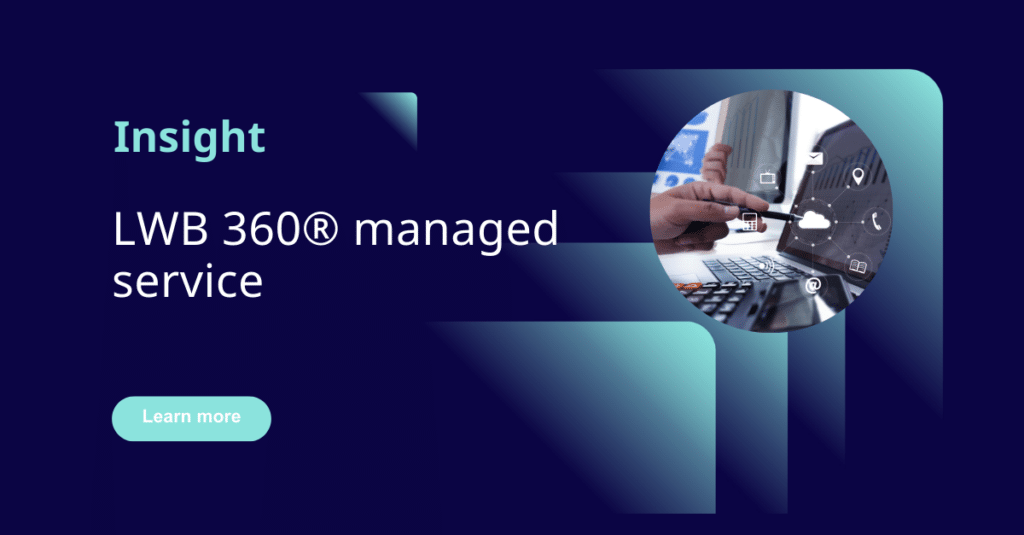Today’s cyber landscape is evolving. A decade ago, typical threats included:
- Viruses and worms
- Trojans and spyware
- Denial of service attacks
- Phishing
- SQL injections
Protective measures included:
- Firewalls
- Antivirus software
- Intrusion detection systems
- SSL/TLS
- Static passwords
While there was a growing adoption of cybersecurity standards, data protection laws were relatively immature and there was limited cybersecurity legislation. Since then, the technological landscape has evolved and with it, the level of cyber threats.
Today’s organizations may be subject to attacks such as:
- Ransomware
- Advanced persistent threats
- Distributed denial of service attacks (DDOS)
- Spear phishing
- Social engineering
- Supply chain attacks
Concurrently, protective measures and legislation have evolved to keep step with these developing threats. We have well-established data protection laws and high levels of public awareness. There have been high-profile instances of state-sponsored attacks and ‘hacktivism.’ Nevertheless, given the sensitivity of legislative content, it is essential to implement a proactive approach.
What are five key steps that legislatures can take to bolster cybersecurity today?
1. Establish an Incident Response Plan
An incident response plan outlines the procedures and responsibilities to follow when a cyber incident occurs. This allows for a swift and effective reaction to minimize damage. This plan should include:
- Identifying key personnel
- Clearly defining communication protocols
- Detailing steps for containment, eradication, and recovery
By having a clear, well-practiced response strategy in place, your organization can quickly address threats, mitigate impacts, and resume normal operations with minimal disruption. Regularly updating and testing the incident response plan ensures that it remains effective against evolving cyber threats, thereby strengthening your overall cybersecurity resilience.
2. Conduct Regular Risk Assessments
Risk assessments involve identifying, evaluating, and prioritizing potential threats and vulnerabilities within your IT infrastructure. By systematically analyzing these risks, you can gain a comprehensive understanding of where your organization’s weak points lie, as well as how they could be exploited by cybercriminals. This process not only helps to pinpoint critical areas in need of immediate attention but also in developing targeted mitigation strategies.
Regular risk assessments ensure that you stay ahead of emerging threats and evolving vulnerabilities, allowing for timely updates to security policies and controls. Ultimately, this proactive approach enhances your organization’s ability to protect sensitive data and maintain robust security defences.
3. Implement Multi-factor Authentication (MFA) – Everywhere
MFA requires users to provide two or more verification factors to gain access to a system, application, or data, significantly reducing the risk of unauthorized access. This can include a combination of:
- Something the user knows (like a password)
- Something the user owns (like a smartphone)
- And something unique to the user (like a fingerprint or facial recognition)
MFA adds multiple layers of security, making it more difficult for cybercriminals to compromise accounts, even if passwords are stolen or guessed. Deploying MFA across all access points within your organization, including remote and in-office users, ensures a consistent and robust defence against credential-based attacks.
Adopting MFA not only enhances security but also fosters a culture of vigilance and accountability among users, further strengthening your organization’s overall cybersecurity posture.
4. Conduct Regular Staff Training
Employees are often the first line of defence against cyber threats, making it crucial to equip them with the knowledge and skills to recognize and respond to potential risks. Regular training sessions should cover topics such as:
- Identifying phishing emails
- Understanding the importance of strong passwords
- Following safe internet practices
Additionally, training should be tailored to address emerging threats and updated protocols, ensuring that staff members remain vigilant and informed.
By fostering a culture of cybersecurity awareness, organizations can significantly reduce the likelihood of human error leading to security breaches. Ongoing education empowers employees to act as proactive participants in safeguarding sensitive information, ultimately strengthening the overall security framework of the organization.
5. Implement Service Level Agreements (SLAs) for Patching and Updating Systems
SLAs establish clear expectations, as well as timelines, for the timely application of security patches and software updates. These are crucial for protecting systems against vulnerabilities and exploits.
By formalizing these agreements, you ensure that both staff and vendors are accountable for maintaining up-to-date defences.
Regular patching addresses known security flaws, preventing cybercriminals from exploiting any outdated software. This proactive measure reduces the window of opportunity for attacks and helps maintain system integrity.
Incorporating SLAs for patch management into your cybersecurity strategy enhances your security posture. It also demonstrates a commitment to maintaining robust and resilient defences against ever-evolving threats.
Strengthen Your Defences
These challenges necessitate critical skills, maintained at the cutting edge. Avoid unexpected downtime with a partner with specialist skills and experience that can properly support the day-to-day running of the legislature’s software applications, so you don’t have to. Ensure access and security are maintained all day, every day.

